
NotebookLM on Eugene Marais
Google’s very interesting NotebookLM discusses the importance of Eugene Marais and his work. Marais is the author of The Soul of the Ape and The Soul of the White Ant.


Nineteen-Eighty Four
George Orwell
Paperback, hardcover
An indelible part of the 21st century social fabric and geopolitical reality, George Orwell’s Nineteen Eighty-Four has gifted our culture these (now fundamental) concepts and much more.
Completed in 1948 and first published mid-1949, the public recognized the book’s biting satire of malignant bureaucracy and totalitarian overreach immediately. Part cautionary warning and part pitch-black absurdist autobiography, Orwell’s gritty alarm now rings more relevant than perhaps ever before.

Bechamp or Pasteur?
Ethel Hume, Robert Pearson
Paperback, hardcover, epub.
Two books in one. Pasteur’s theft and distortion of Antoine Bechamp’s work is exposed in detail, and thoroughly documented.
“An amazing alternative interpretation of biochemical history. A compelling account of Pasteur’s plagiarism and a strong reminder of the powers at work in the pharmaceutical and regulatory industry.”
“We have been so ingrained for our entire lives to think and live in a certain way… It is challenging to begin this epic saga of removing the veil of lies, opening your thought patterns to something outside of our normal belief patterns, and look at the evidence subjectively.”
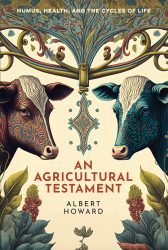
An Agricultural Testament
ALBERT HOWARD
Paperback
“Howard’s discoveries and methods, and their implications, are given in detail in An Agricultural Testament. They are of enormous usefulness to gardeners and farmers, and to anyone who may be interested in the history and the problems of land use.
But aside from its practical worth, Howard’s book is valuable for his ability to place his facts and insights within the perspective of history. This book is a critique of civilizations, judging them not by their artefacts and victories, but by their response to the sacred duty of handing over to the next generation, unimpaired, the heritage of a fertile soil.” – Wendell Berry, The Last Whole Earth Catalog
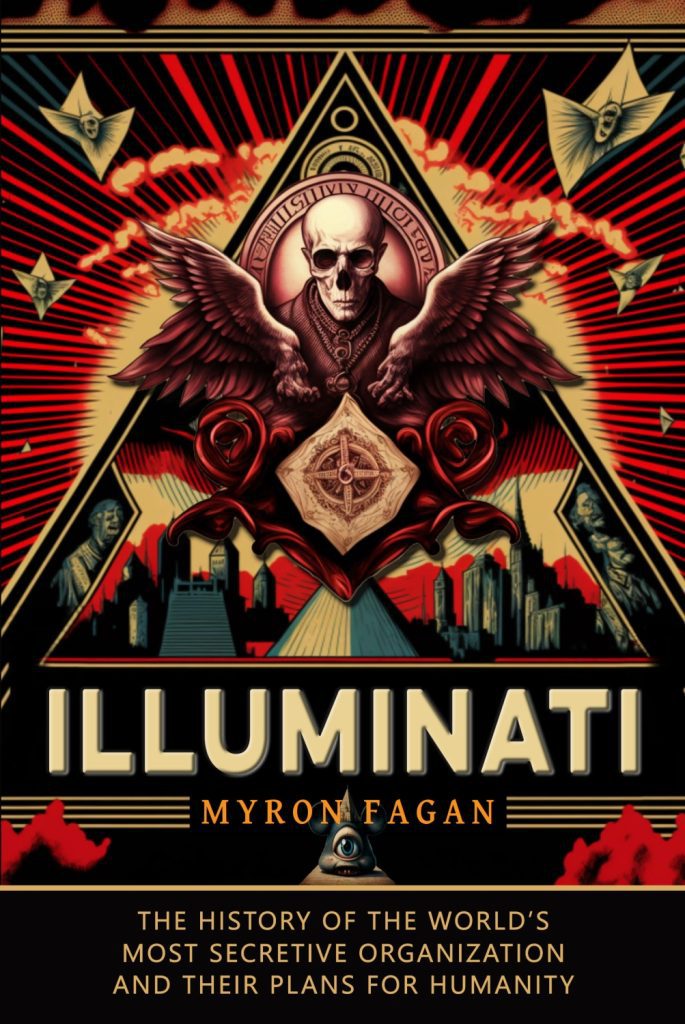
Illuminati
MYRON FAGAN
Paperback, epub.
In 1967, Myron Fagan released a three-LP set titled “Illuminati”. This recording has been transcribed and used as the basis for this edition, published in 2017 by A Distant Mirror in paperback, Kindle and epub formats.
Myron Fagan describes how the Illuminati became the instrument of the Rothschilds to achieve a One World Government, and how every war during the past two centuries was instigated by this group.
This is an historical text with names, dates, organization and, mode of operations, exposing the octopus gripping the world. Fagan exposes the Rothschilds’ involvement, Zionism, Luciferian ideology, the destruction of national sovereignty and religions, Freemasonry, the Illuminist media and banksters, and the plan for three World Wars.

The Soul of the Ape & My Friends the Baboons
EUGENE MARAIS
Paperback, epub.
Includes the two works by Eugene Marais written after his period spent living among a troop of baboons in the South African veldt.
Firstly, there was a series of articles written in Afrikaans for the newspaper Die Vaderland. They were published in an English translation in 1939 under the title My Friends the Baboons. These pieces were written in a popular vein suitable to a newspaper readership, and were not regarded seriously by Marais himself. They are a journal; a series of anecdotes and impressions.
The Soul of the Ape, which Marais wrote in beautifully clear and precise English, was the more serious scientific document; however after his death in 1936, it could not be found. It was lost for 32 years, and was recovered in 1968, and published the following year.
>> See all books

For instrumental versions, with no vocals, see https://adistantmirror.com/video/

- Mechanical and Electrical Responses in Living Matter
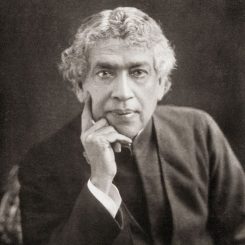
The first two chapters of Bose’s ‘Response in the Living and Non-living’.
Reaction under stimulus is seen even in the lowest organisms; in some of the amœboid rhizopods, for instance. These lumpy protoplasmic bodies, usually elongated while creeping, if mechanically jarred, contract into a spherical form.
If, instead of mechanical disturbance, we apply salt solution, they again ...
- Wheat grows and corn ripens, though all the banks in the world may break…
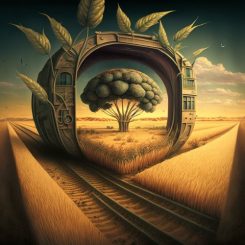
The first two chapters of ‘Ten Acres is Enough’, by Edmund Morris.
The man who feeds his cattle on a thousand hills may possibly see the title of this little volume paraded through the newspapers; but the chances are that he will never think it worthwhile to look into the volume itself. The owner of a hundred ...
- Bechamp’s preface to ‘The Blood and its Third Element’

Bechamp’s preface to ‘The Blood and its Third Element’.
This work upon the blood is the crown to a collection of works upon ferments and fermentation, spontaneous generation, albuminoid substances, organization, physiology and general pathology which I have pursued without relaxation since 1854, at the same time with other researches of pure chemistry more or less directly related ...
- The Magnifying Transmitter

By Nikola Tesla. “If my memory serves me right, it was in November, 1890, that I performed a laboratory experiment which was one of the most extraordinary and spectacular ever recorded in the annals of science. In investigating the behavior of high frequency currents, I had satisfied myself that an electric field of sufficient intensity could be produced ...
- The Problem of Increasing Human Energy

The introduction to Tesla’s book ‘The Problem of Increasing Human Energy’.
“Of all the endless variety of phenomena which nature presents to our senses, there is none that fills our minds with greater wonder than that inconceivably complex movement which we designate as human life.
Its mysterious origin is veiled in the forever impenetrable mist of the past, ...
- Some Statistics
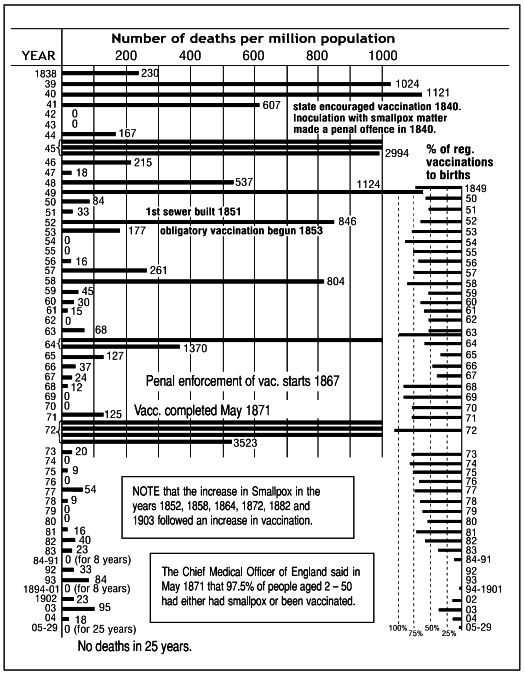
R. Pearson
Extract from the book ‘Bechamp or Pasteur?’
In any discussion of the value of a remedy or preventative for any disease, actual statistics of the results that have followed the use of such remedy or preventative in the past should be of great value in judging it, especially when the trend over a long period of years ...
- The Cult of the Microbe and the Origin of ‘Preventive Medicine’
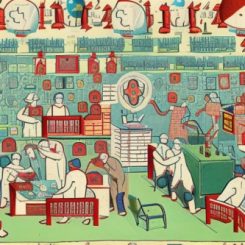
From the book ‘Bechamp or Pasteur?’
Ethel Hume describes the origin of the cult of the germ theory of disease. It was at the beginning of 1873 that Pasteur was elected by a majority of one vote to a place among the Free Associates of the Academy of Medicine. His ambition had indeed spurred him to open ‘a ...
- My Early Life

An extract from Tesla’s ‘My Inventions’.
“The progressive development of man is vitally dependent on invention. It is the most important product of his creative brain. Its ultimate purpose is the complete mastery of mind over the material world, the harnessing of the forces of nature to human needs. This is the difficult task of the inventor, ...

- John Bergman on Viruses and the Germ Theory

Dr John Bergman gives an entertaining and informative presentation on the origins of germ theory, and the lack of science to support it. In fact, no human virus has ever been isolated and actually seen under the microscope or proven to cause any disease. He also discusses Dr Stefan Lanka’s German court case, which ...
- Terrain – the Film

EXPLORING THE TERRAIN PARADIGM….
A MODEL FOR HEALTH THAT WORKS IN SYMBIOSIS WITH NATUREIn 2020 Marcelina Cravat was introduced to the work of Andrew Kaufman M.D. when he was thrust onto a worldwide stage for debunking the mainstream narrative of a viral pandemic by sifting through all of the published ...
- Another Word on Monism
Originally by J. de Bonniot
Edition by D. Major
This, our second article on this topic, addresses the question of the origin of the earliest known organized beings. It also discusses the propensity of science to embrace reason, rather than faith in divine intervention. A firm corollary of this essential characteristic of science is the proposal and adoption of two ...- PDF: Bechamp’s obituary

In 1908, Nature magazine published Antoine Bechamp’s obituary.
- Microzymas and protits
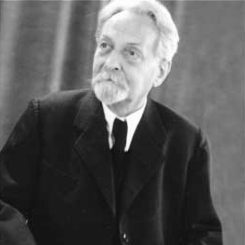
A summary of Bechamp’s microzymas and Enderlein’s protits, and the fact that they are, of course, the same thing.
- Microzymas in action
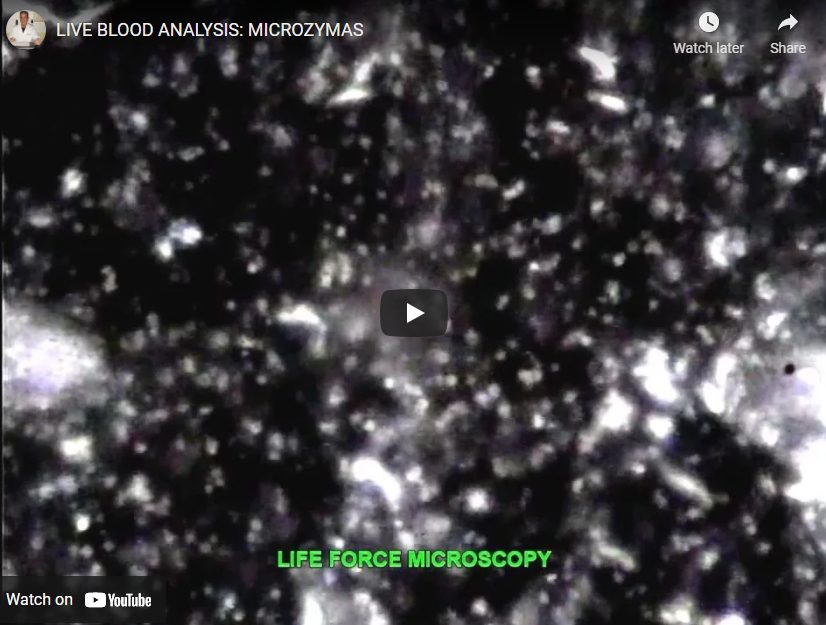
A short clip of microzymas in blood made using dark field microscopy.
- Video: Louis Pasteur vs Antoine Béchamp and the germ theory of disease

A three hour presentation on Youtube that covers a lot of material. It contains a lot of original video and audio.
- Video: Doubts Rise About Pasteur’s Germ Theory
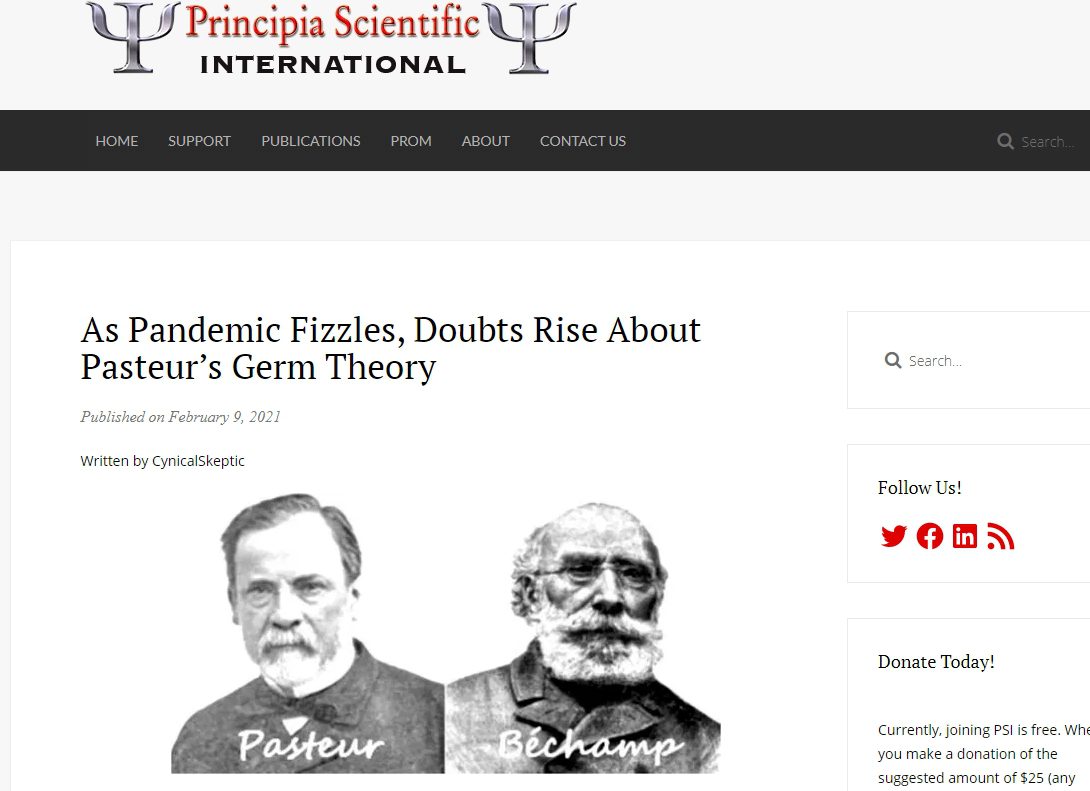
A video on Principia Scientific: Doubts Rise About Pasteur’s Germ Theory – discusses the germ theory, and quotes from Bechamp or Pasteur?
- Video: A discussion on Terrain Theory

- Antoine Bechamp & pleomorphism
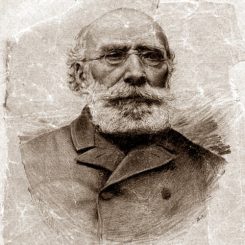
A summary of the life and work of Antoine Bechamp, with links to various publications and resources.
Béchamp was widely known and respected as both a teacher and a researcher. As a leading academic, his work was well documented in scientific circles.
Few made as much use of this fact as Louis Pasteur, who based much of his career ...
- Who understood the magic of life – Antoine Bechamp or Louis Pasteur?

Dr Robert Young discusses the way in which history and academia have accepted the germ theory, and treated Bechamp and pleomorphism so shabbily.
“There is no medical doctrine as potentially dangerous as a partial truth implemented as whole truth.”
- Eugene Marais
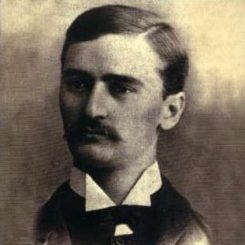
A collection of material related to the South African scientist and poet, Eugene Marais.
Dorris Lessing wrote of Eugene Marais:
“He offers a vision of nature as a whole, whose parts obey different time-laws, move in affinities and linkages we could learn to see: parts making wholes on their own level, but seen by our divisive brains as ...
- On Eugene Marais

by Robert Ardrey. Early in the 20th century Eugène Marais, South African journalist, lawyer, poet and natural scientist, travelled to the wild Northern Transvaal and lived for three years at close quarters with a troop of chacma baboons.The Soul of the Ape is the record of his experiences and observations. Lost for forty years, the manuscript was rediscovered ...
- Link: The Origin of a Revolutionary Theory
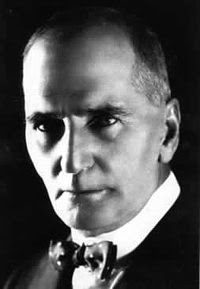
Helian.netLink
Eugene Marais was a human community in the person of one man. He was a poet, an advocate, a journalist, a story-teller, a drug addict, a psychologist, a natural scientist. He embraced the pains of many, the visions of the few, and perhaps the burden was too much for one man… As a scientist he was unique, supreme ...
- Gaston Naessens: Somatid and Somatoscope

by Fitzraven Sky
Gaston Naessens’ somatid theory of the origins of cancer, the result of over 40 years of research in bacteriology and biology (the last 20 funded personally by the late David Stewart of the MacDonald-Stewart Foundation), has its roots in the concept of pleomorphism, first advanced by Antoine Bechamp in France in the 1870’s. Pleomorphism is the ...
- Royal Rife and Hepatitis
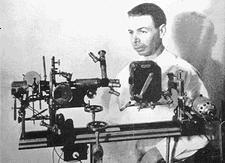
by Ken Welch
On August 19th the New England Journal of Medicine carried an article warning that 2.7 million Americans now carry the Hepatitis-C virus, according to statistics from the CDC. This would make Hepatitis, a potentially fatal disease, the most common blood-borne infection in the country. Globally, the World Health Organization has reported that almost half the world’s ...
- Philippa Uwins and Nanobes

Philippa Uwins and her colleagues at the University of Queensland, noticed strange structures growing on sandstone rock samples they had broken open for studying. This initial discovery was curious enough but when the team found that equipment in their laboratory were being ‘colonised’ by these structures, they realised that whatever they had found was growing.
- Radio interview transcript: Philippa Uwins and Nanobes
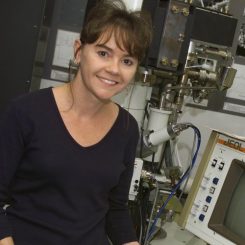
Nanobes are a group of organisms which were discovered growing in some sandstone samples that came from outer western Australia. The interesting thing about the nanobes is that they’re in a size range that’s argued, on a current understanding of biological theory to be too small to exist. And the other interesting aspect of the nanobes is that they’re ...
- Nanobacteria: surely not figments, but what are they?

Nannobacteria are very small living creatures in the 0.05 to 0.2 micrometer range. They are enormously abundant in minerals and rocks, and probably run most of the earth’s surface chemistry. Although it is conjectured that they form most of the world’s biomass, they remain “biota incognita” to the biological world as their genetic relationships, metabolism, and other characteristics remain ...
- To Be or Not to Be? – 150 Years of Hidden Knowledge

by Christopher Bird.
Astounding findings in a field of knowledge that deals with the very smallest forms of life.
Hard as it is to believe, these findings, made over more than a century ago, have been consistently ignored, censored by silence, or suppressed throughout all of that time by ruling “opinion-makers”, orthodox thinkers in mainstream microbiology.
Instead of being ...
- Geological Micro-leavens

In this account of one of his experiments which demonstrates the existence of microzymas, Bechamp added chalk to maintain the neutrality of the medium. He was surprised to see two different reactions, depending on whether he used chemically pure calcium carbonate or commercial chalk, all other factors being equal.
The first solution, with sugar added and treated with creosote, did ...
- Pasteur: Plagiarist, Imposter
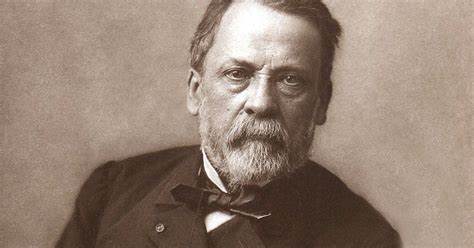
by Robert Pearson
Introduction to Bechamp or Pasteur?
Pearson’s book, originally published in the 1940’s, is an excellent introduction to the theory and practice of Pasteur’s ‘science’, his inability to fully understand the concepts he was appropriating, and the consequences of the vaccines that he and his followers created.
Louis Pasteur built his reputation and altered the course of twentieth century ...
- Bacteria are microzymas
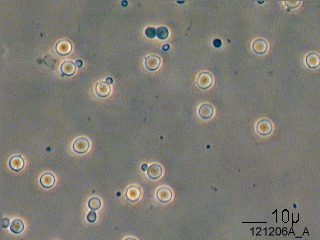
Alan Cantwell
Article
A century and a half ago, Antoine Bechamp declared the microzyma is the essential unit of life. He observed tiny, round granular bodies within the cells that glistened as tiny sparkles of refracted light. He was not the first to see the granules, but he was the first to suspect these ‘little bodies’ might hold the ...
- On the Work of Enderlein, Bechamp, and other researchers into pleomorphism
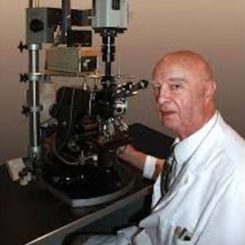
Bechamp, Rife and Naessens all demonstrated that there are cellular components which are virtually indestructible. Neither carbonizing temperatures nor radioactive radiation can harm them.
Enderlein believed that they entered the cells of higher differentiated cell colonies as parasites, while Antoine Bechamp believed that they are the essence of life in the cell.
The endobiont is always present, and ...
- All human blood contains bacteria

Alan Cantwell
Article
Bacteria are everywhere. Our mouths, throat, nose, ears all harbor germs. But what about the blood? Under ‘normal’ conditions physicians generally believe human blood is ‘sterile’. The idea of bacteria living in the blood normally is largely considered medical heresy. Dr Cantwell provides evidence showing the existence of bacterial entities in the blood. This directly ...
- Notes on the coagulation of the blood

Antoine Bechamp
Introductory and historical notes from ‘The Blood and its Third Element’.
The object of this work is the solution of a problem of the first order; to show the real nature of the blood, and to demonstrate the character of its organization. It has, besides, a secondary purpose; the solution of a problem long ago stated, ...
- Bechamp, Pleomorphism, and Enderlein’s protits

The Life Enthusiast
Article
“…all natural organic matters (matters that once lived), absolutely protected from atmospheric germs, invariably and spontaneously alter and ferment, because they necessarily and inherently contain within themselves the agents of their spontaneous alteration, digestion, dissolution”. These agents are of course the self same Protits of Enderlein. As noted, Béchamp called them Microzymas. He proved that all ...
- Second Thoughts on Disease
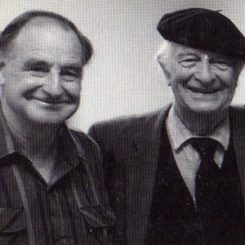
by Drs Archie Kalokerinos & Glenn Dettman.
Aboriginal infant mortality in Australia is strongly associated with the immunizations that are meant to save them. The value of megascorbic therapy as treatment. This important paper relates these findings to Antoine Bechamp’s science.
Copyright © A Distant Mirror
- Terrain – the Film
- Wheat grows and corn ripens, though all the banks in the world may break…
